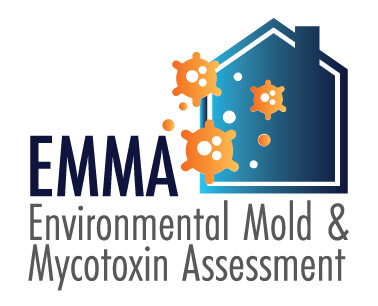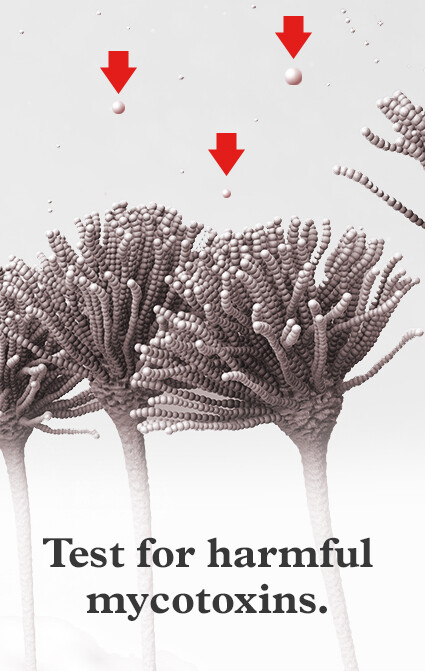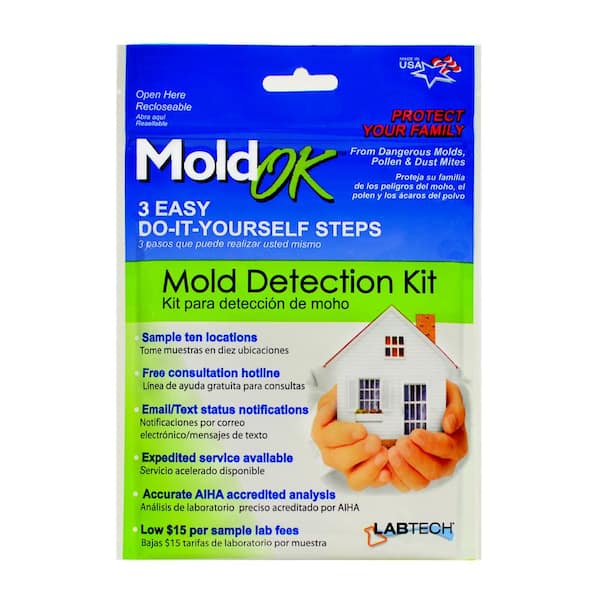Mycotoxin testing Services: A Trick Component in Threat Administration Strategies
Mycotoxin testing Services: A Trick Component in Threat Administration Strategies
Blog Article
Exactly How Mycotoxin Testing Helps Avoid Contamination and Safeguard Food Supplies

Mycotoxin screening is a crucial technique in the food sector, acting as a frontline protection versus contamination by dangerous contaminants generated by mold and mildews. Through the application of sophisticated strategies like High-Performance Liquid Chromatography (HPLC) and Fluid Chromatography-Mass Spectrometry (LC-MS), food manufacturers can accurately identify and quantify mycotoxin degrees in farming items. This aggressive strategy not only makes certain conformity with rigorous security guidelines yet additionally minimizes wellness threats to customers. Furthermore, routine testing strengthens brand online reputation and financial health by lowering contamination-related incidents. Exactly how specifically do these testing protocols incorporate into the broader food security technique?
Recognizing Mycotoxins
Understanding mycotoxins starts with identifying that they are harmful second metabolites generated by certain mold and mildews, which can pollute agricultural products. These metabolites are not essential for the growth or reproduction of the fungis yet can have serious ramifications for animal and human wellness. Mycotoxins are commonly located in staple plants such as corn, wheat, barley, and nuts, where they can multiply under particular problems of dampness and temperature.
There are a number of kinds of mycotoxins, each generated by various fungal varieties. Aflatoxins, created by Aspergillus species, are among one of the most well-known, understood for their cancer causing residential properties. Another significant group includes ochratoxins, created by Aspergillus and Penicillium types, which have nephrotoxic impacts. Fusarium types generate fumonisins and trichothecenes, both of which are related to various intense and chronic health concerns.

Dangers of Mycotoxin Contamination
The dangers of mycotoxin contamination are multifaceted, presenting significant dangers to both food safety and public health. Mycotoxins, poisonous compounds generated by certain kinds of fungi, can contaminate a vast variety of farming products consisting of cereals, nuts, flavors, dried fruits, and coffee.
Financial effects are an additional major worry. Contaminated plants can lead to substantial financial losses for farmers and food manufacturers because of decreased returns and the need for expensive purification actions. Worldwide trade can be significantly hindered as nations apply stringent mycotoxin policies to shield their populaces, leading to rejected shipments and strained trade relations.
Environmental aspects such as environment modification aggravate the danger of mycotoxin contamination. Variations in temperature level and humidity can develop beneficial conditions for fungal development, increasing the probability of contamination occasions. Therefore, understanding and reducing these dangers are critical for making sure the safety and security and stability of global food products.
Approaches of Mycotoxin Examining
Properly identifying mycotoxin contamination in agricultural products is vital for guarding public health and preserving food security standards. Different techniques are employed to find and measure mycotoxins, each offering particular advantages and limitations.
High-Performance Fluid Chromatography (HPLC) is an extensively used approach due to its high sensitivity and accuracy. It entails dividing mycotoxins from various other compounds in a sample, allowing exact metrology. In A Similar Way, Fluid Chromatography-Mass Spectrometry (LC-MS) combines fluid chromatography with mass spectrometry to supply detailed molecular details, making it specifically valuable for recognizing multiple mycotoxins all at once - Mycotoxin testing Services.

Gas Chromatography-Mass Spectrometry (GC-MS) and Thin-Layer Chromatography (TENDER LOVING CARE) are likewise employed, each with unique applications. GC-MS is efficient for unpredictable mycotoxins, while TLC supplies an easier, cost-effective alternative for initial screening.
Advantages of Regular Evaluating
Routine screening for mycotoxins in farming products provides various advantages, substantially adding to public health and food security. By recognizing contamination early, routine screening helps prevent the circulation of poisonous foods, thereby lowering the risk of mycotoxin-related illnesses amongst consumers. This proactive technique not just safeguards human health and wellness but additionally improves the overall top quality of food supplies.
Various countries and areas have established rigid limits for mycotoxin degrees in food and feed. Sticking to these limits via routine screening makes certain that producers and distributors satisfy lawful standards, therefore preventing fines and trade obstacles.
In addition, regular mycotoxin testing can lead to considerable financial advantages. Early detection of contamination permits timely intervention, decreasing potential losses from prevalent contamination. Executing routine testing protocols can additionally lessen recall prices and associated responsibilities, which can be economically devastating.
Furthermore, normal testing provides valuable data that can inform much better agricultural practices and storage space conditions. By understanding patterns of contamination, producers can embrace safety nets, thus adding and decreasing future threats to the sustainability of Read Full Article the food supply chain.
Implementing Testing Methods
Carrying out reliable mycotoxin screening methods is essential for guaranteeing the safety and quality of farming products. Each phase must be looked at to determine where mycotoxin contamination is most likely to occur.
When essential control points are recognized, choosing ideal screening approaches is necessary. Usual strategies consist of enzyme-linked immunosorbent assay (ELISA), high-performance liquid chromatography (HPLC), and mass spectrometry (MS) Each approach has its toughness and weak points; thus, choosing the correct one depends upon the specific mycotoxin being evaluated, the called for level of sensitivity, and readily available sources.

Finally, incorporating the screening methods into a thorough food safety administration system is useful reference suggested. This boosts traceability and enables speedy rehabilitative actions when contamination is detected, consequently safeguarding the integrity of the food supply chain.
Verdict
Mycotoxin testing is vital in avoiding contamination and safeguarding food products by enabling very early detection of harmful toxins created by molds in farming products. Advanced methods such as HPLC and LC-MS guarantee compliance with safety laws and secure customers from health and wellness risks. Regular testing improves brand name online reputation, economic security, and rely on food safety by lessening contamination-related losses and preserving high standards in food manufacturing. Implementing strenuous testing procedures is thus necessary for the industry's general health.
Mycotoxin testing is an essential method in the food market, offering as a frontline defense versus contamination by unsafe toxins created by mold and mildews. An incorporated method involving agricultural techniques, storage space monitoring, and routine screening can mitigate the threats connected with mycotoxin contamination, making certain food safety and security and public health and wellness.
The risks of mycotoxin contamination are complex, posturing substantial hazards to both food security and public wellness.Routine screening for mycotoxins home in agricultural products uses various advantages, substantially adding to public wellness and food safety.Mycotoxin screening is vital in stopping contamination and safeguarding food products by making it possible for early discovery of damaging contaminants generated by mold and mildews in farming products.
Report this page